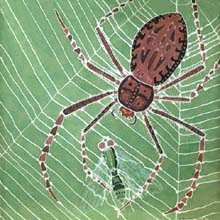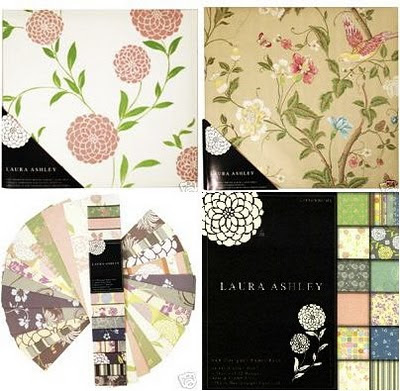 Early in 1940, during the London Blitz, the artist Henry Moore noticed long lines forming outside the Underground stations. One evening, instead of driving to his home in North London (which was destroyed a few months later by a bomb), he took the Underground.
Early in 1940, during the London Blitz, the artist Henry Moore noticed long lines forming outside the Underground stations. One evening, instead of driving to his home in North London (which was destroyed a few months later by a bomb), he took the Underground.As the train beaded north, Moore saw people lying in the stations and mothers undressing their babies on the platform. For Moore, this subterranean scene of civilians seeking shelter from the bombing was a revelation. "Even the holes out of which the trains were coming seemed to me to be like the holes in my sculpture,' he later wrote. "...There was tension in the air. [People] were a bit like the chorus in a Greek drama telling us about the violence we don't actually witness."
 When Kenneth Clark, director of the National Gallery, saw the first of Moore's Underground drawings, he urged his friend to document the shelters for the War Artists'Advisory Committee. Moore, who had been gassed at Cambrai during the First World War, reluctantly agreed. Clark described Moore's figures "lying helpless deep in the earth, as if wrapped in winding sheets rather than blankets." Francis Bacon commented that the drawings looked like knitting with the needles pulled out.
When Kenneth Clark, director of the National Gallery, saw the first of Moore's Underground drawings, he urged his friend to document the shelters for the War Artists'Advisory Committee. Moore, who had been gassed at Cambrai during the First World War, reluctantly agreed. Clark described Moore's figures "lying helpless deep in the earth, as if wrapped in winding sheets rather than blankets." Francis Bacon commented that the drawings looked like knitting with the needles pulled out.
 Moore never drew in the shelters. "It would have been like making sketches in the hold of a slave ship,"he said. To jog his memory, he jotted down notes. "Remember figures seen last Wednesday night (Piccadilly Tube)." 'Two sleeping figures (seen from above) sharing cream-coloured thin blankets (drapery closely stuck to form). Hands and arms. Try positions oneself."
Moore never drew in the shelters. "It would have been like making sketches in the hold of a slave ship,"he said. To jog his memory, he jotted down notes. "Remember figures seen last Wednesday night (Piccadilly Tube)." 'Two sleeping figures (seen from above) sharing cream-coloured thin blankets (drapery closely stuck to form). Hands and arms. Try positions oneself."Moore often spent the entire night below ground. At dawn he returned to his studio where he committed to paper what he had seen. He drew on cheap notebooks with pen and ink, crayon and watercolor. Of the shelter drawings, Clark wrote that they"will, I am certain, always be considered the greatest works of art inspired by the war."
More (or should that be Moore) of his Air Raid Shelter sketches - http://www.henry-moore-fdn.co.uk/matrix_engine/content.php?page_id=3145
Henry Moore Foundation website - http://www.henry-moore-fdn.co.uk















































